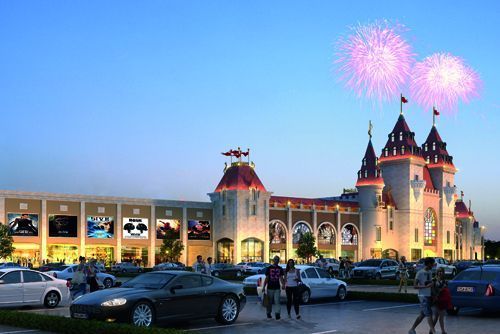Even the economic recession and the unsettled weather last year could not put a damper on the success of the best European theme parks. They have continued to thrive and further investment is planned, leaving the sector looking to the future with some optimism. In 2012 Europe’s top twenty amusement parks, which are all located outside the CEE region, managed to attract a combined total of 58 mln visitors, exhibiting fairly consistent growth. France (with five parks in the top twenty ranking), the UK (with three), Germany (three), as well as the Netherlands (two), Denmark (two), Sweden (two), Italy (two) and Spain (one) confirmed their dominance of the continent. Nevertheless, the fact is that all of these complexes are just local big fish compared to the world’s largest players. Only Disneyland Paris (ranked fifth) and the Walt Disney Studios Park in the same city are among the global top twenty best performers (with the latter propping up the ranking). All the other big ac































































